Stamped in the paste "S 1927 DN" (S for "Sèvres" – dated 1927 – DN for "pâte dure nouvelle")
Stamped in the paste "Made in France" (mark used since 1924)
Marked "DL" (for Louis Delachenal, ceramist-decorator working in Sèvres between 1924 and 1946)
France
1927
height 20,3 cm
length 39 cm
depth 9 cm
Model edited by the Sèvres manufacture between 1924 and 1934, by contract No 1459 of December 5th 1923, for a period of 5 years tacitly renewable.
Pompon shut down the contract on May the 26th 1930 for January 1934, the mould had been broken on December 26th 1940.
A similar model is represented in "Pompon, catalogue raisonné ", Editions Gallimard, Rmn, 1994, Page 211.
our web catalog link :
https://galerietourbillon.com/pompon-francois-ours-blanc/
Galerie Tourbillon : Free valuation - Buy and Sell at best prices
Biography:
François Pompon (1855-1933) is known for his animal sculptures whose innovative style is characterized by the simplification of shapes and polished surfaces. Pompon entered as an apprentice in the workshop of his father, Alban Pompon (1823-1907) who was a "compagnon du devoir" of the carpenter-cabinetmakers. Thanks to a scholarship obtained by the parish priest, he left in 1870 for Dijon where he became an apprentice stonemason with a marble worker. He attended evening classes at the School of Fine Arts in Dijon, first in architecture and engraving with Célestin Nanteuil, then in sculpture with François Dameron (1835-1900).
After a short stint in the army in 1875, Pompon arrived in Paris where he became a marble worker in a funeral business near the Montparnasse cemetery. He attended evening classes at the Petite École, the future National School of Decorative Arts. His teachers were the sculptors Aimé Millet (1819-1891) and Pierre Louis Rouillard (1820-1881), also professor of anatomy, who showed him the menagerie of the Jardin des Plantes.
In 1890, François Pompon entered the studio of Auguste Rodin (1840-1917), where he worked as a practitioner at the marble depot, rue de l'Université. He quickly gained the master's confidence since he ran the workshop in 1893. His role then was to pass on the accounts, pay for the marbles and supervise the work. It is in this same workshop that he met Ernest Nivet and Camille Claudel. He worked for a long time as a practitioner for other sculptors such as Jean Dampt in 1885, Antonin Mercié in 1888, Alexandre Falguière in 1890, or René de Saint-Marceaux from 1896 to 1914, as well as for Camille Claudel. Pompon was interested in the art of the Far East and he was deeply marked by the Japonism then in vogue at the time. He also admired Egyptian art exhibited at the Louvre. His first known animal sculpture represented a "Lucane" (1874).
François Pompon's final choice to work only with animals was made in 1905, when the animal-subject was in tune with the times, with the dissemination of the discoveries of primitive and prehistoric civilizations in journals such as Le Premier Volume des albums Reiber (1877) and Le Japon Artistique (1888-1891), the Universal Exhibitions of Paris (1867, 1878 and 1889) and the oriental animal bronzes brought to Paris by Henri Cernuschi from 1873. He then decided to simplify the shape of his sculptures. He polished surfaces and removed details. During the First World War, René de Saint-Marceaux died in 1915, and Pompon, too old to be mobilized, found himself out of work. The animals in the plant garden having been slaughtered, Pompon had to cease his activity as a sculptor to live on small trades: employee of the Samaritaine in 1916, then worker in various workshops.
But it was not until 1922 that François Pompon became famous for sending the "Ours blanc" (polar bear) to the Salon d'Automne in that year, where his work contrasted with its modernism on the aesthetics of the realistic sculpture inherited from the 19th century. Pompon's works were published by the Hébrard Foundry until 1922. Then Pompon followed his workshop manager Claude Valsuani to whom he entrusted his models when he took over his father's foundry at 74 rue des Plantes in Paris.






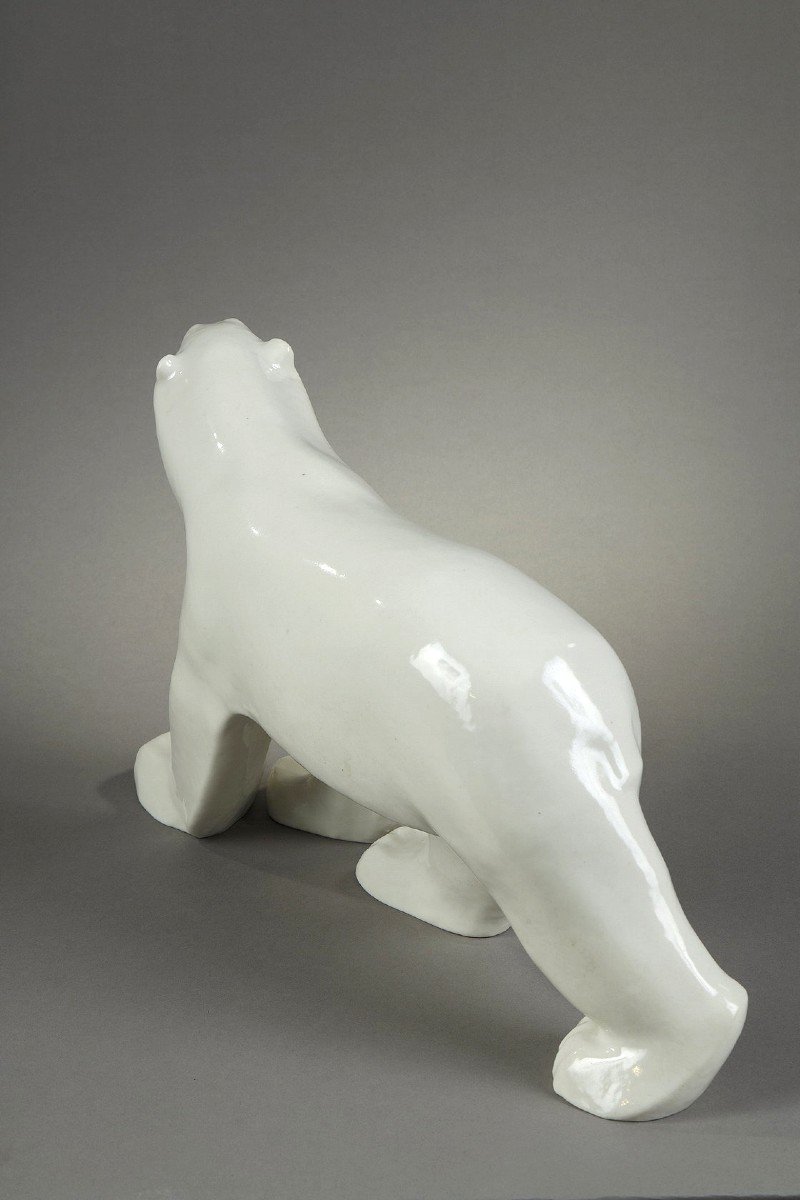















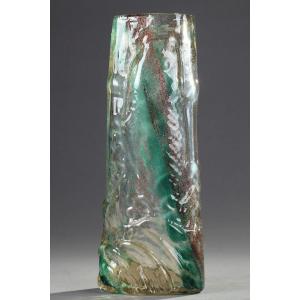



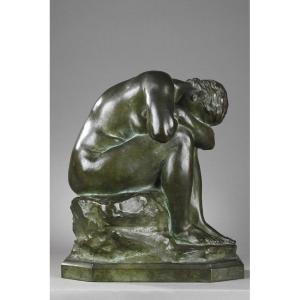

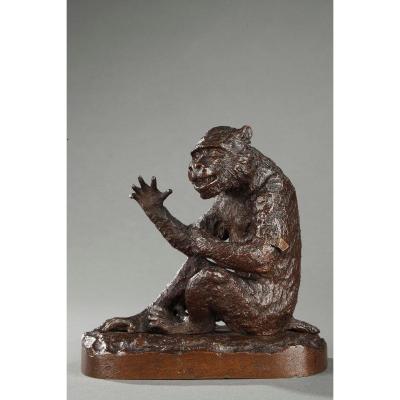
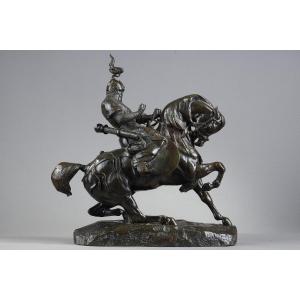
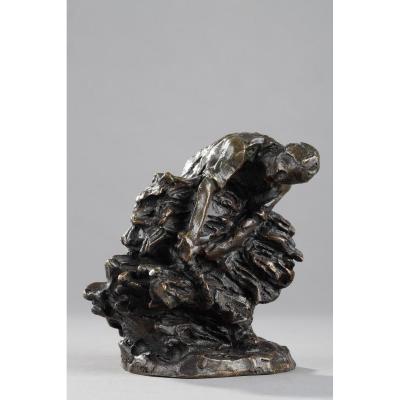

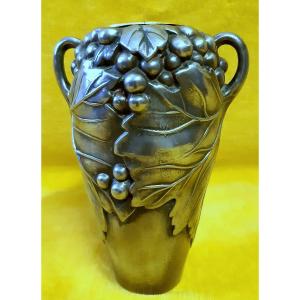






 Le Magazine de PROANTIC
Le Magazine de PROANTIC TRÉSORS Magazine
TRÉSORS Magazine Rivista Artiquariato
Rivista Artiquariato